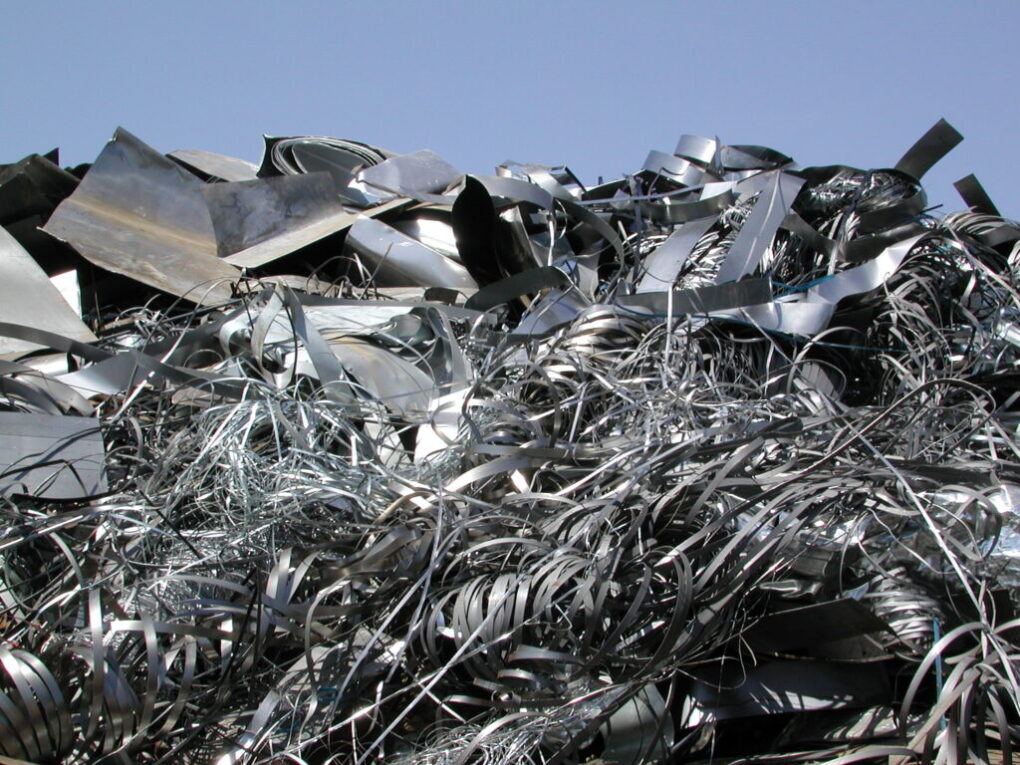Metal recycling has become extremely important in today’s world as it helps conserve natural resources and reduce pollution. Recycled metal provides an affordable and sustainable source of raw material for many industries. This article explores the growing recycled metal industry, its benefits, current trends and challenges.
Importance of Metal Recycling
Metal recycling provides numerous economic and environmental benefits. Metals like steel, aluminium, copper and others can be recycled indefinitely without losing their properties. Recycling 1 ton of steel saves approximately 1.1 tons of iron ore, 630 kilograms of coal and 55 kilograms of limestone. Similarly, recycling aluminium uses only 5% of the energy required to produce new aluminium from bauxite ore.
Recycling metals also reduces greenhouse gas emissions that are produced during metal manufacturing processes. For example, recycling 1 ton of aluminium cans eliminates the release of 4 tons of carbon dioxide into the atmosphere. Reducing virgin material consumption through recycling also lessens our dependency on foreign metal reserves and imports. With rapidly growing industries and populations, recycling plays a critical role in sustainably meeting the global demand for metals.
Current Scenario and Processes
Currently, the global recycled metal industry generates annual revenues in the range of hundreds of billions of dollars. Steel remains the most recycled metal with a recycling rate of over 60% in developed nations. Other commonly recycled metals include aluminium, copper, lead and zinc. Used beverage cans, appliances, automobiles and electronics are some of the major contributors of scrap metal.
The metal recycling process begins with scrap collection from various sources. Ferrous scraps like steel and non-ferrous metals are then segregated using magnets and density separation techniques. Shredding machinery is used to break down large scrap pieces into uniform sizes for easier processing. Further sorting separates different metals which are then processed to obtain recycled ingots, bars or flakes. Advanced technologies like sensor-based sorting help recover value even from mixed scrap streams.
Trends in the Recycled Metal
Over the past decades, Recycled Metal rates have steadily increased around the world due to environmental regulations, deposit refund schemes and improved infrastructure. Emerging economies in Asia Pacific and Latin America now account for a significant share of the global scrap metal trade driven by their burgeoning manufacturing sectors. Meanwhile, developed nations in North America and Europe remain the major suppliers of quality recycled metal owing to well-established collection networks.
The growing adoption of green building codes and sustainability practices across industries is bolstering the demand for recycled metal products. Recycled content mandates by regulatory bodies are another major factor positively impacting supply chains. The construction sector has emerged as a major consumer due to recycled steel’s cost-effectiveness and green image in infrastructure projects. Additionally, advancing technologies are enabling higher yields from complex residues and e-scrap streams.
Challenges and the Road Ahead
While metal recycling plays a pivotal role in the circular economy, certain challenges still persist. Collecting scattered post-consumer scrap and ensuring consistent supply remains difficult. Presence of multiple contaminants also reduces the value of scrap shipments. Lack of proper waste management in many developing regions results in significant metal losses.
Rising demand from emerging economies coupled with depleting easy-to-access virgin metal reserves are prompting stakeholders to scale up recycling investments and operations. Strategic partnerships across regions will help align global supply with complex quality-based demand patterns. Continuous innovations to extract maximum value from challenging scrap categories holds the key. Overcoming collection bottlenecks using smart reverse logistics and incentives can boost recycling rates manifold. With collaborative efforts, the future looks bright for recycled metals to become a mainstay in sustaining global development.
Metal recycling delivers extensive economic and ecological benefits. As the world transitions towards a low carbon future, recycled metals are poised to play a bigger role by conserving resources and reducing carbon footprint of industries. While challenges exist, the recycled metal industry is overcoming obstacles through technology advancements, strategic partnerships and collaborations across global supply chains. With the combined efforts of all stakeholders, metal recycling can emerge as a major sustainable solution in the materials management landscape.
*Note:
1. Source: Coherent Market Insights, Public sources, Desk research
2. We have leveraged AI tools to mine information and compile it

